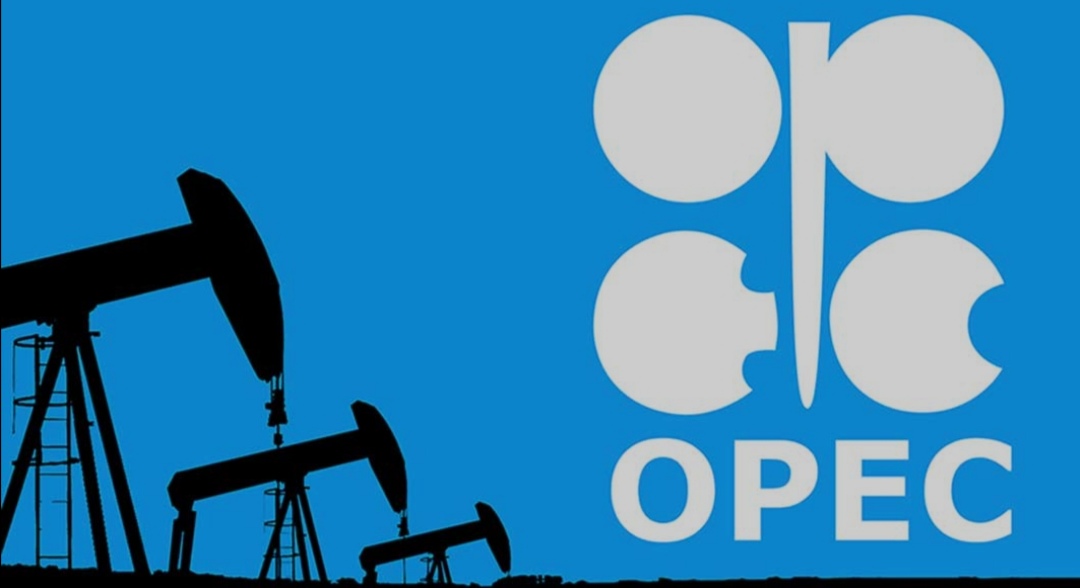
OPEC’s crude oil production dropped by 200,000 barrels per day in April to 27.24 million, despite plans to increase output. The decline was largely due to U.S. sanctions on Venezuela, which led companies like Chevron to scale back operations. The reasons behind other members, like Saudi Arabia and the UAE, not boosting supply remain unclear.
OPEC and its allies aimed to gradually increase output in April after multiple delays to avoid destabilizing crude prices. However, the UAE cut output by 80,000 barrels per day despite receiving a special allowance for extra increases, while Saudi Arabia added only 20,000 barrels. These countries may have been trying to meet prior commitments to limit production, although the UAE and Iraq still exceeded their quotas.OPEC’s unexpected restraint adds uncertainty to Monday’s upcoming video conference, where the group will discuss June production levels.
Last month, Saudi Arabia surprised traders by pushing for a larger output increase, adding 411,000 barrels per day, possibly in response to pressure from Trump and to penalize OPEC+ members like Iraq and Kazakhstan. Traders anticipate another supply boost, potentially matching last month’s increase, despite concerns over fragile demand.Brent futures dropped to a four-month low below $60 a barrel following OPEC+’s unexpected decision last month, which came shortly after Trump imposed new trade tariffs on China and other countries. On Thursday, the benchmark was trading around $61 in London.Bloomberg’s survey relies on ship-tracking data, input from officials, and estimates from consulting firms such as Rapidan Energy Group, FGE, Kpler Ltd., and Rystad Energy.



